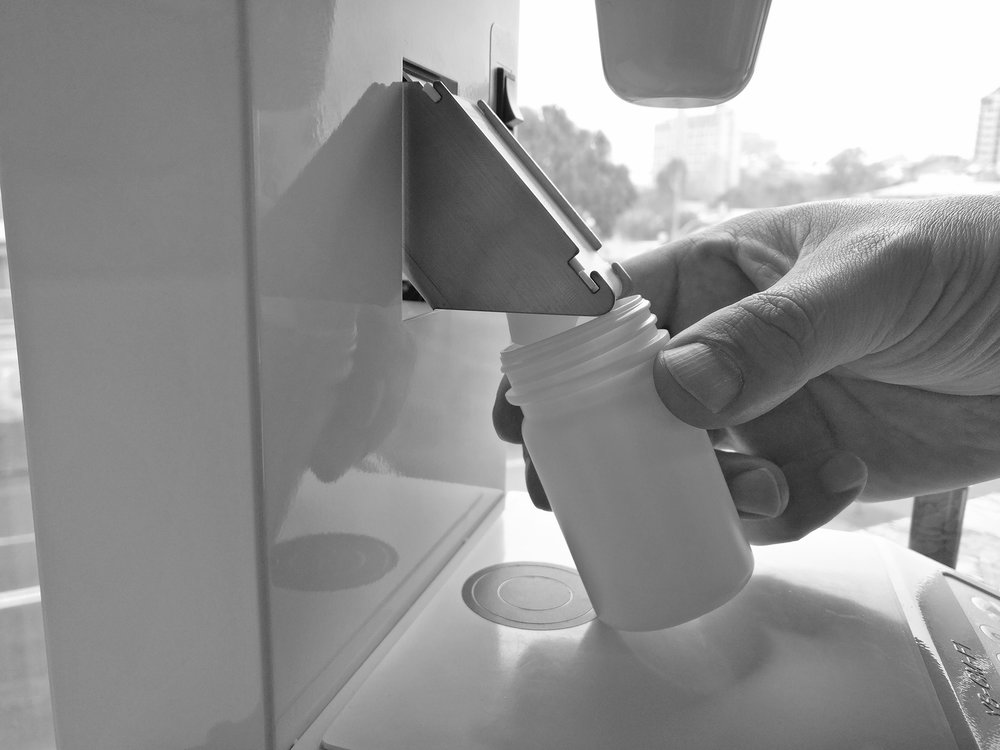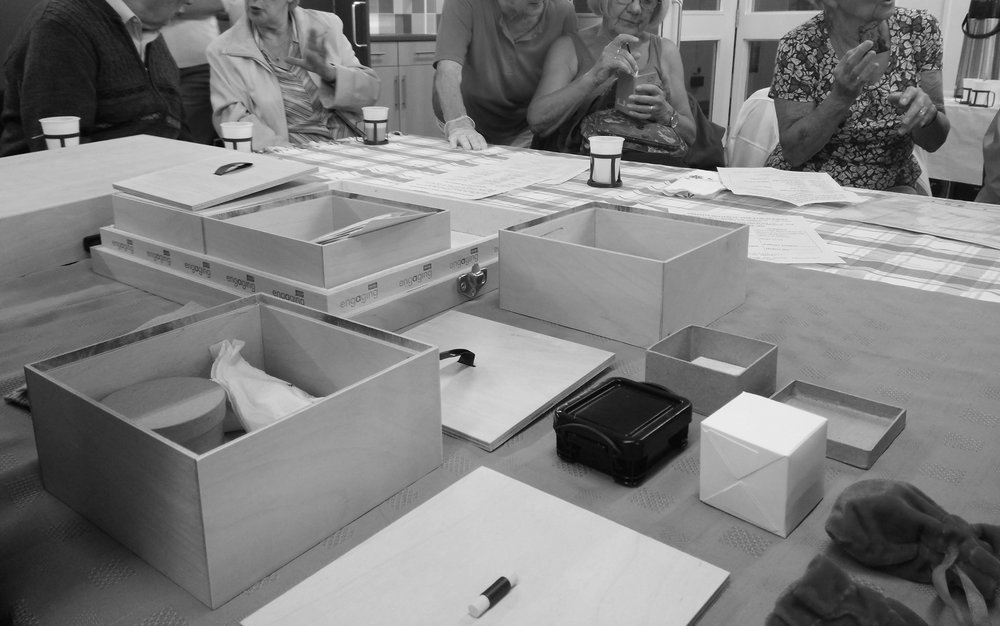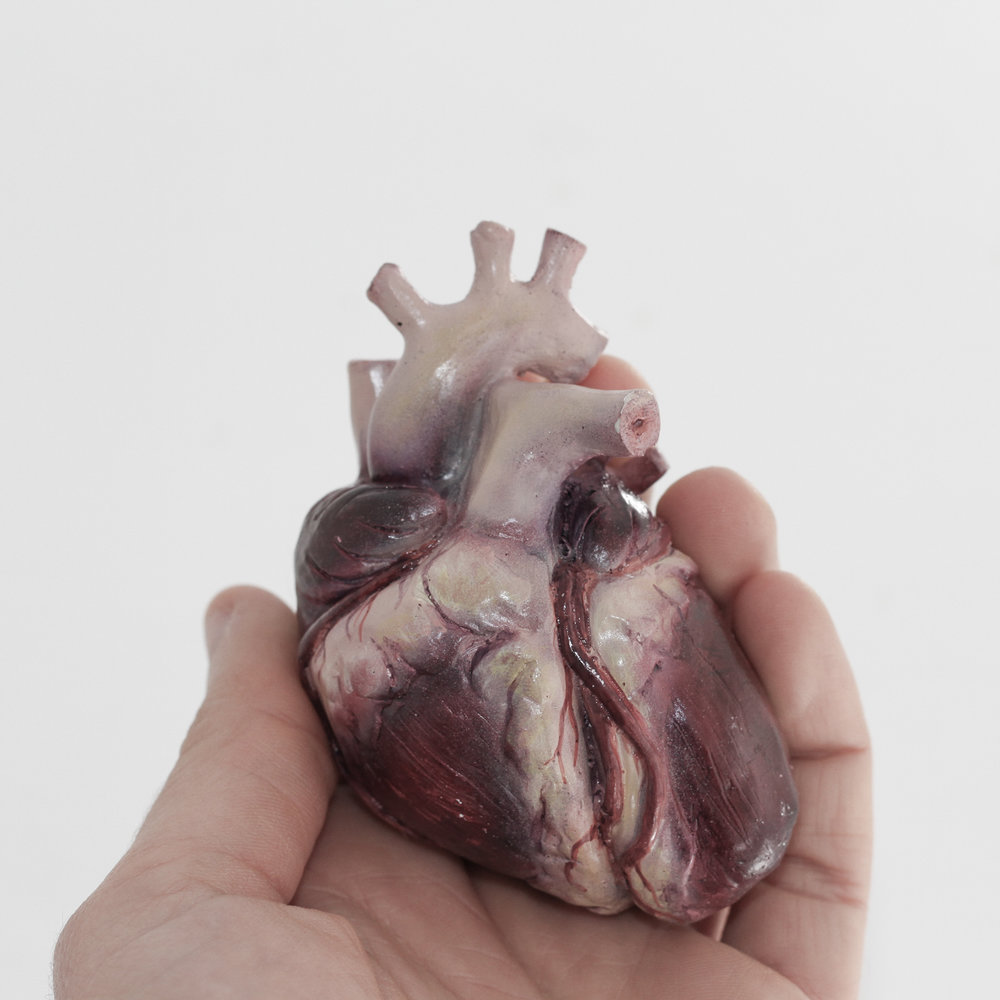We are always interested in how easily accessible 3D printing technology can be used to solve problems creatively and quickly at the hospital. Some past example of our work in the space can be found here.
Recently a design problem arose in relation to the overly large quantities of prescription medication in wards. A considerable portion of these large quantities often expire. The technician believed that smaller containers with lower quantities may help to prevent this issue.
Doing this manually is far too time consuming for staff, and potentially inaccurate. Medication machines that automated this process are available, but they were deemed as too expensive. A smaller low-cost machine was purchased that automated the measuring process, but still required staff to individually handle each container.
Although the machine could output smaller quantities, the metal chute at the bottom of the device was too wide for smaller containers. The DHW lab developed a customised 3D printed funnel to improve the functionality of the machine and allow the dispenser to work effectively.
















